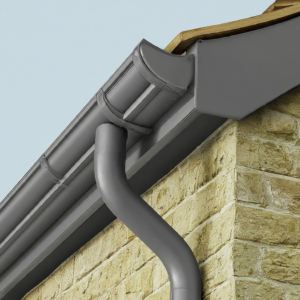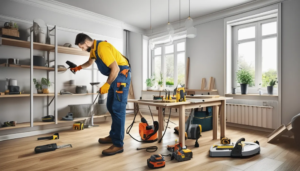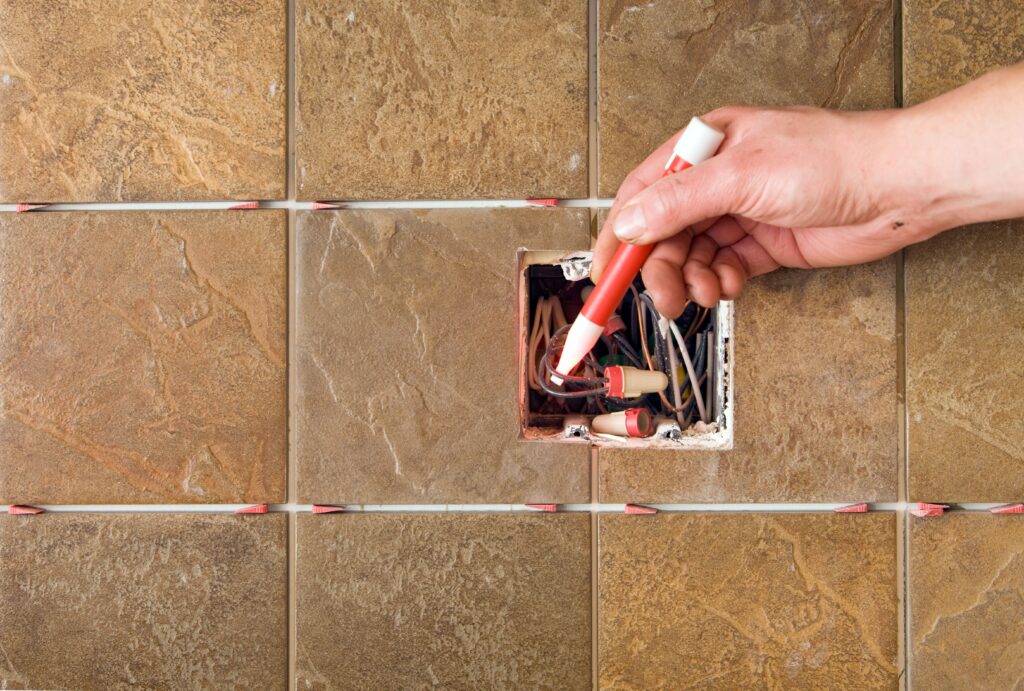
Before delving into electrical work, ensuring the power is off is paramount. This critical step safeguards you from potentially lethal shocks and prevents damage to equipment. A voltage tester acts as your trusty companion in verifying the absence of power, but using it effectively requires proper knowledge and technique. This article equips you with the know-how to confidently and safely utilize a voltage tester for power confirmation.
Types of Voltage Testers:
- Non-Contact Voltage Testers: These pen-shaped devices detect the presence of an electric field without physically touching the wires. They’re ideal for quick checks but don’t provide voltage readings.
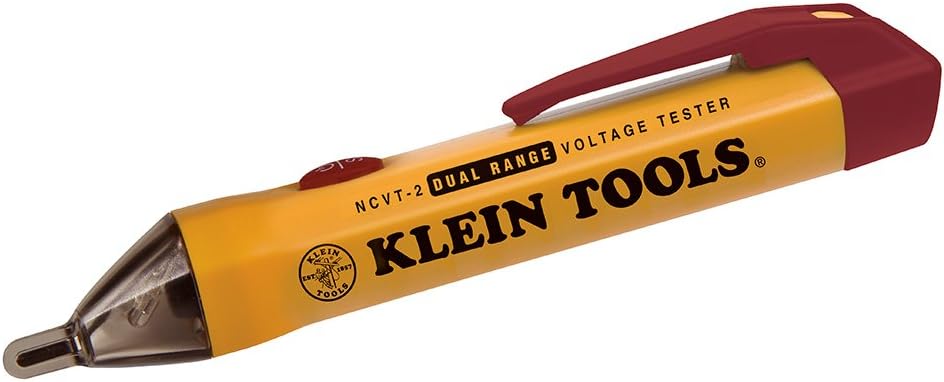
- Contact Voltage Testers: These testers, like multimeters, have probes that make direct contact with the electrical conductors. They offer voltage readings and can test for continuity and resistance, making them more versatile.
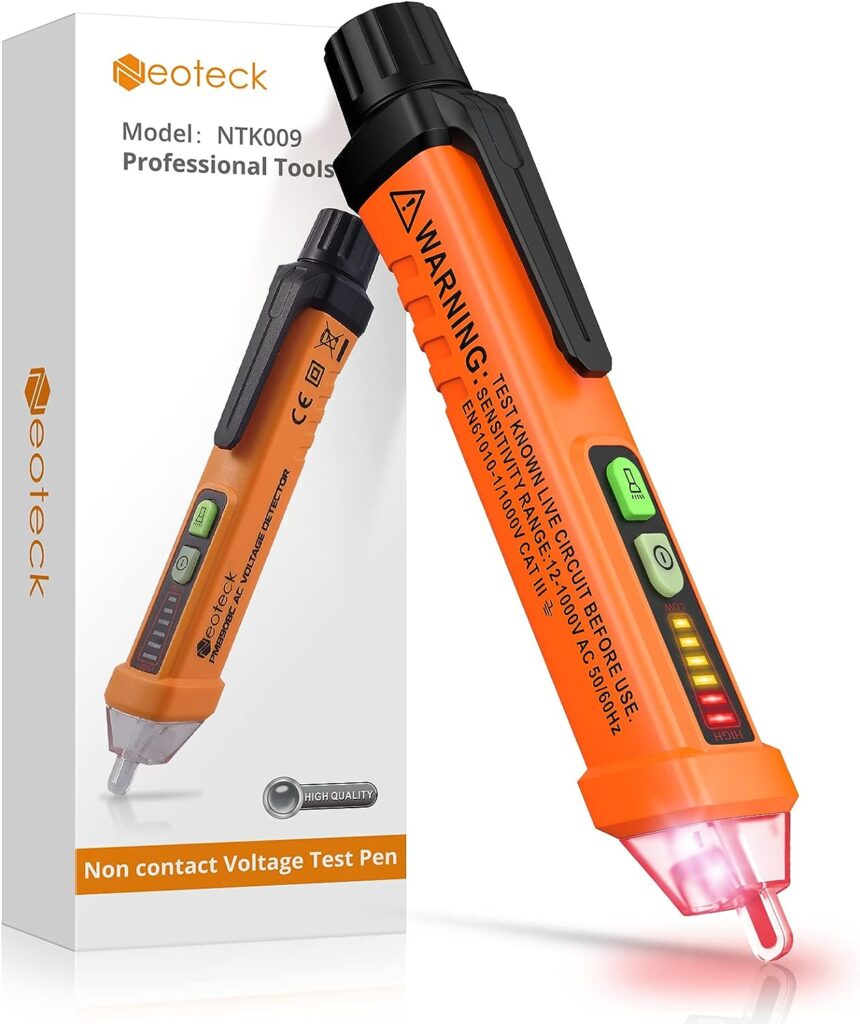
Testing Techniques:
1. Non-Contact Testers:
- Turn on the tester according to the manufacturer’s instructions.
- Slowly approach the suspected live wire or outlet with the tip of the pen.
- If the tester beeps, lights up, or vibrates, power is present. Maintain a safe distance.
2. Contact Testers:
- Outlet Testing:
- Turn off the circuit breaker or switch controlling the outlet.
- Unscrew the outlet cover plate (use caution if the outlet is suspected to be live).
- Touch the red probe to the hot slot (usually the narrower one) and the black probe to the neutral slot (wider slot).
- No reading on the tester indicates the power is off.

- Wire Testing:
- Identify and safely expose the wires you want to test.
- Ensure no one else is touching the wires or circuit.
- Follow the same probe placement and reading interpretation as for outlet testing.
Safety Precautions:
- Always wear insulated gloves and safety glasses when working with electricity.
- Double-check that the circuit breaker or switch is off before testing.
- Never touch bare wires directly.
- Use caution when working near energized circuits.
- If unsure about anything, consult a qualified electrician.
Real-World Experiences:
- Electrician John Smith: “In my 20 years of experience, I’ve seen countless accidents occur due to improper power verification. Using a voltage tester and following safety protocols are non-negotiable for anyone working with electricity, professional or DIYer alike.”
- Homeowner Jane Doe: “I used a non-contact tester to confirm the power was off before replacing a light fixture. It gave me peace of mind and prevented a potentially dangerous situation.”
Remember: Your safety is paramount. When in doubt, seek professional help. By understanding how to use a voltage tester effectively and prioritizing safety measures, you can confidently navigate electrical tasks and avoid unnecessary risks.
Additional Resources:
- Electrical Safety Foundation International: https://www.esfi.org/
- National Electrical Code: https://www.nfpa.org/for-professionals/codes-and-standards
- How to Use a Multimeter: https://www.wikihow.com/Use-a-Multimeter
-
Challenges to Face While Installing Soffits and Gutters
Installing soffits and gutters is a critical component of maintaining the structural integrity and aesthetic appeal of a home. However,
-
What Tasks A Handyman Can Easily Manage in Minnesota?
Handymen play a crucial role in maintaining and improving homes across Minnesota. From minor repairs to significant renovations, these skilled
-
Roof Replacement in Minnesota Considering Weather Conditions: Materials, Layouts, and Techniques
Roof replacement is a significant home improvement project that demands careful consideration, especially in a state like Minnesota where the
-
Futuristic Residential Remodeling – What to Expect: The Advancements at Home?
In recent years, the realm of residential remodeling has undergone a significant transformation. With advancements in technology, innovative materials, and
-
How to Increase the Water Pressure in Kitchen Faucets?
A common household issue many homeowners face is low water pressure in their kitchen faucets. This problem can disrupt daily
-
DIY – How to Make Engraved Garden Labels On Your Own?
Creating a beautiful and well-organized garden is a rewarding experience for any gardening enthusiast. One way to add a personal
-
Hide Screws in Wood in 7 Different Ways: Latest Techniques
In the realm of woodworking and furniture making, aesthetics and durability often go hand in hand. One of the persistent
-
Replace Kitchen Track Lighting in an Efficient Way
Kitchen track lighting has become a popular choice for homeowners these days who are seeking a versatile and modern lighting
-
How You Can Hang a Kitchen’s Corner Cabinet Yourself?
Renovating your kitchen can be a fulfilling and cost-effective endeavor, especially when you decide to take on some of the
-
How to Clean Your Outdoor Furniture in Minutes?
Maintaining your outdoor furniture’s pristine condition can be a daunting task, especially with the exposure to various weather elements. However,

